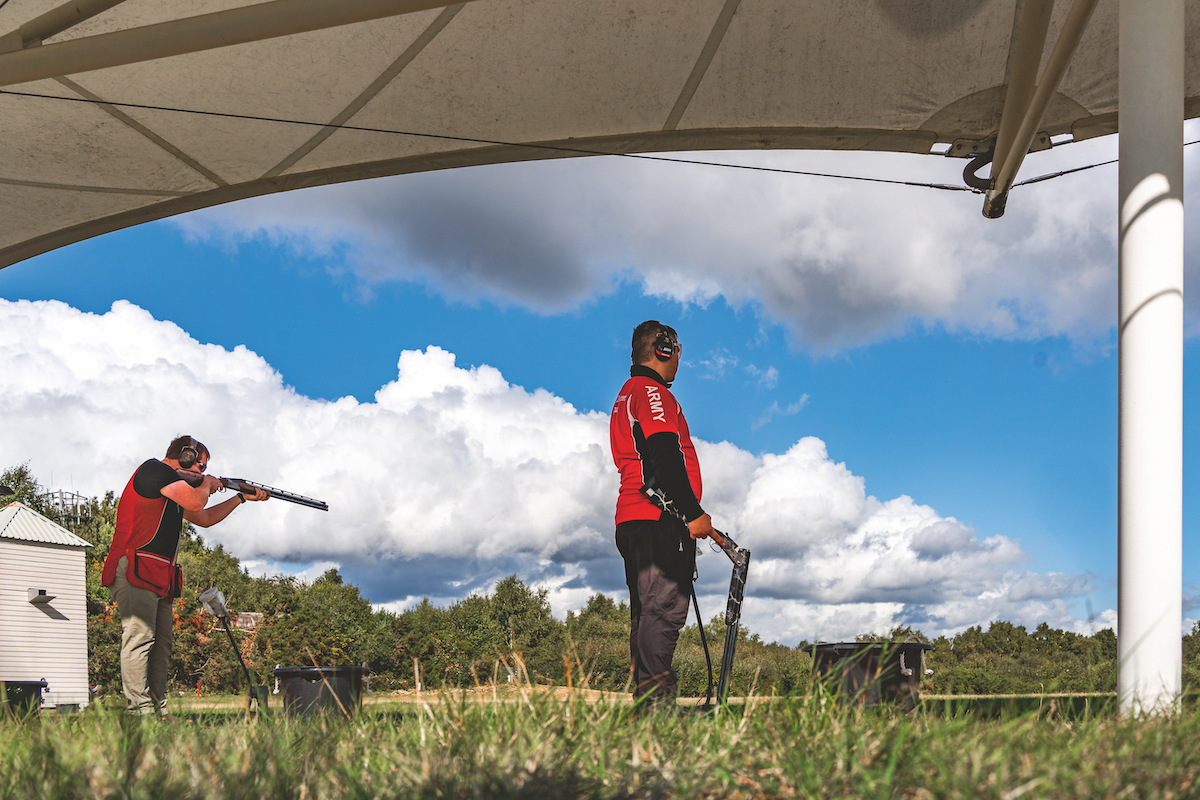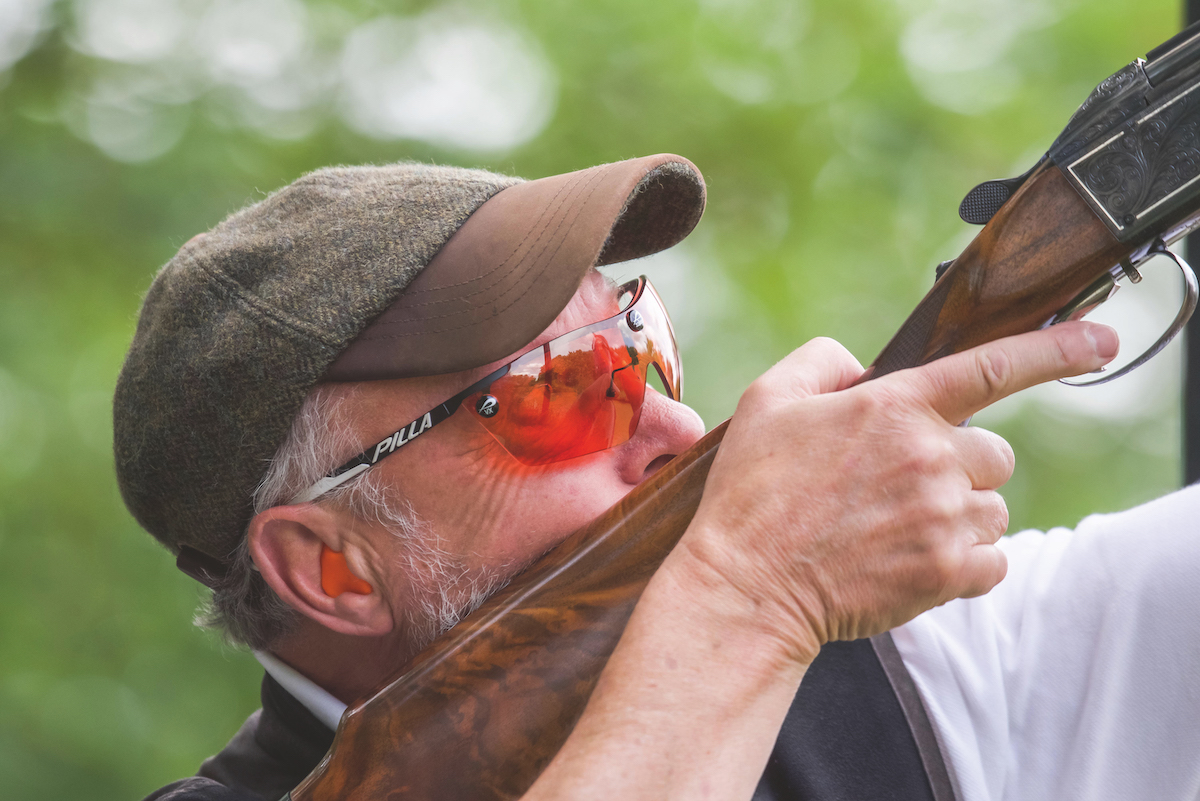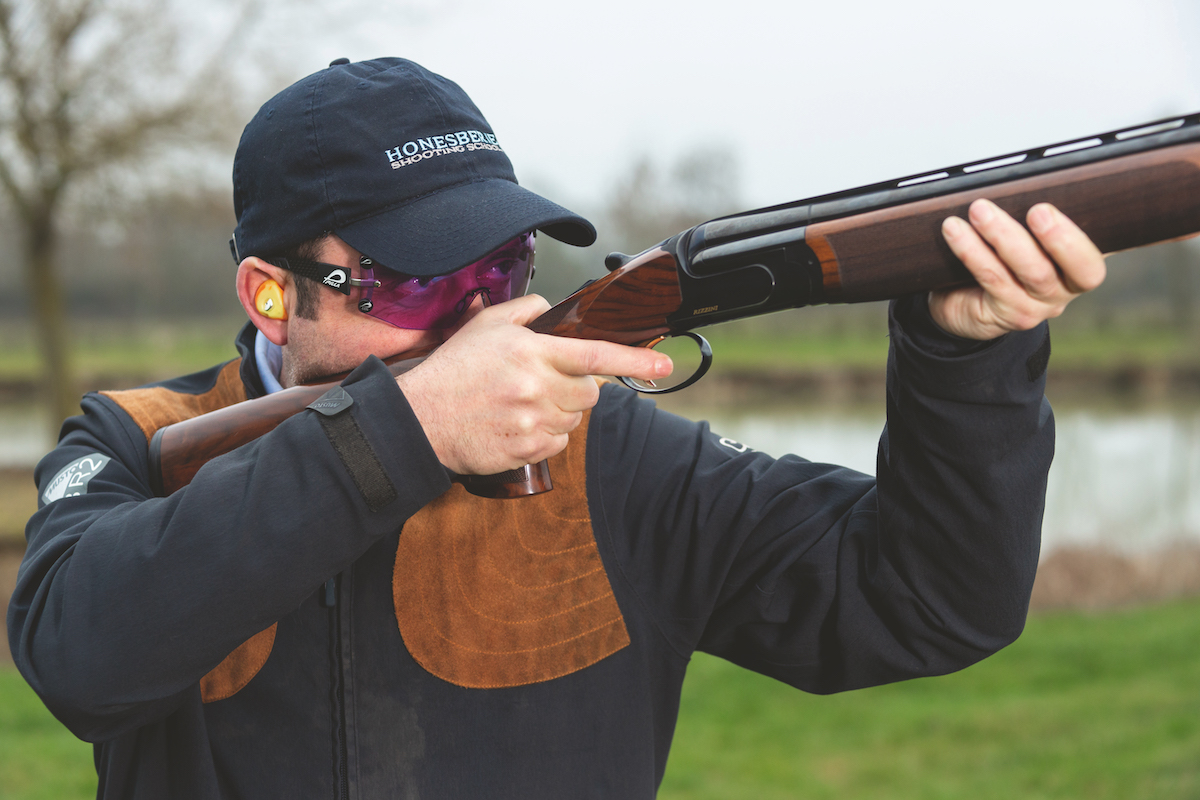How to plan your puppy training
Anyone who’s just got their first gundog will quickly discover everyone they meet will be a gundog training expert!
Advice is always given freely, and the old saying ‘any advice is good advice’ is quite true. However, always remember anyone who thinks they know everything about training gundogs probably knows very little!
New owners can also get information and advice from magazine articles but you must be careful to not accept everything you read as fact and set in stone.
I’m sure there’s no deliberate intention to mislead, but I’ve often come across information in other magazines that I consider to be pretty dangerous for the novice trainer.
Not all advice is good!
For example, in one article, the writer advised your dog should never be on a lead if you were in a field of cattle. His theory was the dog could run to safety if it was approached by the cattle – thus saving it, and possibly the handler, from being trampled to death. This was obviously written by somebody who knows very little about cattle – and even less about gundogs! No farmer wants a dog running loose amongst any stock.
Anyone training a gundog should make sure their dog is accustomed to all types of farm animals. Then, hopefully, if you’re standing at your peg and a cow pokes its head over a nearby hedge and tries to lick your dog’s nose, you can be confident it won’t bugger off into the next county in fright!
Advice for new owners from friends and shooting companions is always readily available. Politely listen to what everybody has to say and then select the parts you feel are appropriate to you and your dog – alternatively disregard the advice completely and stick with just one person’s recommendations.
There are as many ways to train a dog as there are dogs, and I reckon there’s no right and wrong way. Realise every dog has a different character and every owner/trainer is different too.
Moreover, what may well be an effective training method for terriers and lurchers, might not be the best approach for a spaniel or a Labrador.
Be adaptable!
Sometimes people tell me their puppy does not respond in the way I said it might. This simply goes to emphasise the fact every puppy is an individual and to be an efficient trainer you have to be inventive and adaptable. One of the keys to being successful is to identify problems at an early stage and then steer the puppy away from potential difficulties.
For example, during play training the puppy runs out enthusiastically for a retrieve, picks it but then runs off, lies down to chew the dummy and refuses to return. How do you stop this happening?
– Lie down on the ground, making yourself appear as small as possible.
– Make a series of squeaking noises – as if you were trying to call a fox or inquisitive stoat, or any noise that encourages the puppy to come back to investigate.
If the puppy brings the retrieve back with him then this is an added bonus. If not, you can always encourage him to go out again and repeat the actions. Make sure as soon as he picks the retrieve you embark on this course of action – the key to success is timing.
If you do the retrieving exercise in a concrete alleyway (where there are no distractions) this might be just the cure to nip the problem in the bud before it develops. Again, make yourself look ‘small’ and keep the retrieves short. At this stage don’t be tempted to try him on a retrieve in the training field, restrict all retrieving to the concrete alleyway.
Just a little time
Eventually you can increase the distance of the retrieve. How long will it take to reach this stage? The time will vary between dogs, but the sign to look for is the moment the dog rushes out, picks a retrieve without thinking and immediately rushes back to your arms. The next stage is to try this exercise in a location where (ideally) the grass is mown fairly short. Revert to giving the puppy very short retrieves, with you sitting on the ground.
Is he reluctant to return with the retrieve and slow at bringing it back? If so, start to run away from the puppy as soon as it lowers his head to pick the dummy, calling him as you go. This little ploy often tricks the puppy into picking the retrieve up and returning to you at speed. As soon as the puppy gets near, you can either slow your pace (or stop) thus enabling you to stroke the puppy before taking the retrieve from him. Alternatively, drop down to the ground (making yourself appear small) and encourage him to come right up to you. As always, stroke the puppy before taking the retrieve.
For the bolder dog, or one that’s inclined to bury the retrieve, a lightweight check cord (or extendable lead) is an effective tool. With this I can throw the retrieve then use gentle tugs and words of encouragement as soon as the puppy picks the dummy. However if you go down the route of using a check cord, one of the biggest mistakes you can make is to remove it too soon in training.
In a puppy’s mind ‘check cord on’ implies retrieving perfectly. ‘Check cord off,’ however, means he can play around and not return. It’s always far better to err on the side of caution and keep the check cord on for longer than you might think necessary when it comes to retrieving practice.








